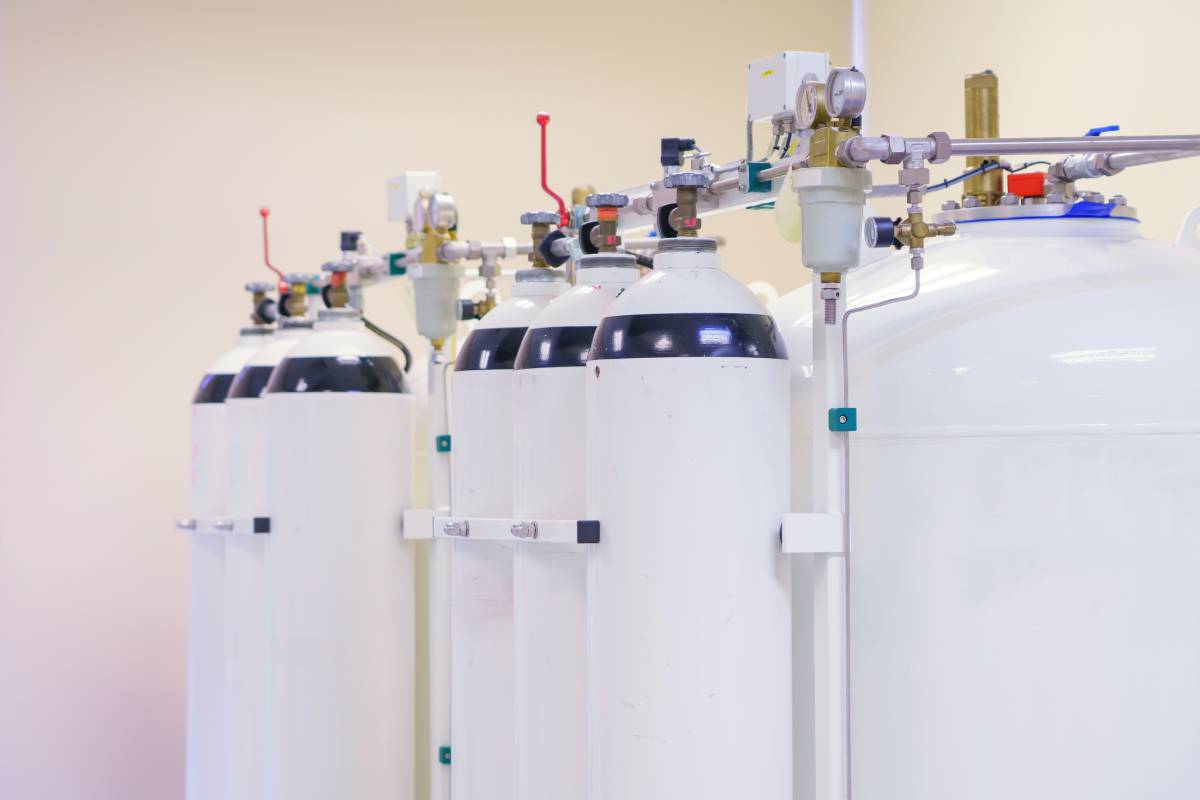Storage Requirements of Volatile Anesthetics

Volatile anesthetics such as sevoflurane, isoflurane, and desflurane are essential agents used into modern surgical anesthesia. Due to their unique properties, volatile anesthetics have specific storage requirements to maintain their potency, efficacy, and safety. Proper storage not only preserves the quality of the anesthetic agents but also ensures the safety of healthcare personnel and patients.
Temperature is one of the most significant influences on the stability and storage requirements of volatile anesthetics. Sevoflurane, for example, should be stored at controlled room temperature, typically between 15°C and 30°C (59°F to 86°F). Prolonged exposure to higher temperatures can lead to degradation of the anesthetic, affecting its clinical effectiveness 1. Desflurane, which has a higher vapor pressure, is even more sensitive to temperature changes. It is typically stored in specialized vaporizer bottles to ensure it remains in liquid form at room temperature. Desflurane requires slightly cooler storage temperatures (below 30°C), and it is often kept in sealed containers equipped with temperature-stabilizing mechanisms to prevent evaporation and maintain its high vapor pressure 2. Finally, isoflurane is relatively more stable but still requires room temperature storage conditions 3. Keeping these anesthetics away from extreme temperatures is key to maintaining their integrity and efficacy in clinical practice.
Volatile anesthetics are stored in specially designed containers to prevent evaporation, contamination, or chemical degradation. These containers are typically made from materials that are not reactive with halogenated anesthetics. Sevoflurane, isoflurane, and desflurane are often stored in metal containers to protect them from light exposure, which can degrade their chemical structure over time. Additionally, volatile anesthetics are packaged in precisely calibrated bottles to ensure accurate dosing when connected to anesthesia machines.
Given the evaporative nature of volatile anesthetics, storage requirements also include appropriate ventilation to protect healthcare personnel. Volatile anesthetics can emit potent fumes, and prolonged exposure to these vapors can have physiological effects. For this reason, volatile anesthetics must be stored in well-ventilated areas to minimize the accumulation of vapors in enclosed spaces 4. In hospital and clinical environments, volatile anesthetics are typically stored in secure drug storage rooms with proper ventilation systems 5,6.
Storage and handling of volatile anesthetics are subject to stringent requirements from agencies such as the U.S. Food and Drug Administration (FDA) and the European Medicines Agency (EMA). These guidelines are designed to ensure that the anesthetics remain safe and effective throughout their shelf life. Healthcare facilities must comply with regulations regarding storage conditions, expiration dates, and proper disposal of unused or expired anesthetics 7. Many hospitals and clinics have developed comprehensive safety protocols for the handling and storage of anesthetics, including routine inspections of storage areas, monitoring of room temperatures, and adherence to manufacturer recommendations for storage conditions.
References
1. ULTANE®(sevoflurane)volatile liquid for inhalation ULTANE® (sevoflurane) volatile liquid for inhalation. Available at: https://www.accessdata.fda.gov/drugsatfda_docs/label/2006/020478s016lbl.pdf
2. fda. SUPRANE (desflurane, USP). Available at: https://www.accessdata.fda.gov/drugsatfda_docs/label/2006/020118s011lbl.pdf
3. fda. Forane ® (isoflurane, USP) Proposed Package Insert FORANE (isoflurane, USP). Available at: https://www.accessdata.fda.gov/drugsatfda_docs/label/2010/017624s036lbl.pdf
4. Anesthetic Gases: Guidelines for Workplace Exposures | Occupational Safety and Health Administration. Available at: https://www.osha.gov/waste-anesthetic-gases/workplace-exposures-guidelines.
5. Storage of drugs in anaesthetic rooms. Available at: https://www.rcoa.ac.uk/sites/default/files/documents/2019-09/StorageDrugs2016.pdf
6. Storage and Spills of Anaesthetic Volatile Agents Procedure. Available at: https://www.wacountry.health.wa.gov.au/~/media/WACHS/Documents/About-us/Policies/Storage-and-Spills-of-Anaesthetic-Volatile-Agents-Procedure—Geraldton-and-Carnarvon-Hospitals.pdf.
7. Guideline on Declaration of Storage Conditions. Available at: https://www.ema.europa.eu/en/documents/scientific-guideline/guideline-declaration-storage-conditions_en.pdf
